In the food and beverage industry, food safety is a top priority. Keeping a sanitary environment at all stages of the food packaging process is vital for the safety of customers and the bottom line of the business. A joint study by the Food Marketing Institute and Grocery Manufacturers Association found that on average food recalls cost food companies $10 million in direct costs, this number doesn’t even include the damage to the brand’s reputation and the loss in sales while the company works to regain public trust. Investing in food safety as a business could save millions of dollars in legal damages in the long run.
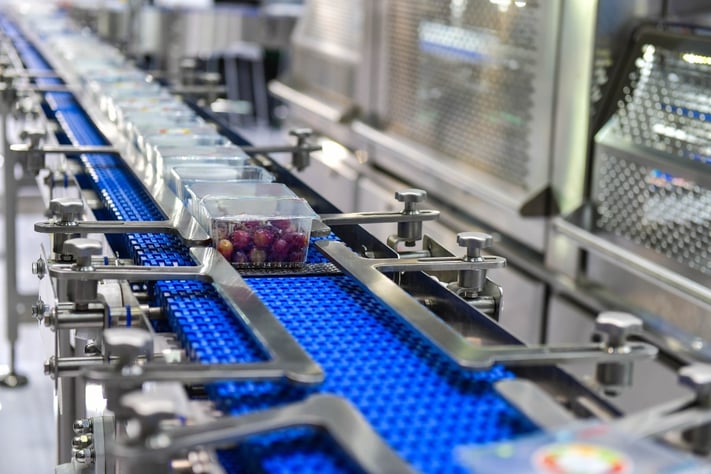
To combat the risk of a bacterial outbreak and other contaminants, having pristine equipment in a food packaging environment is essential. Food safety guidelines call for constant cleaning of workspaces, tools, and machines. Hygienic and Washdown are two prevalent terms in the food and beverage industry used to describe the different designs of machines used in the food and beverage packaging. These machines are specifically designed for packaging environments that need to be kept sanitary. Where do you use hygienic vs washdown in food packaging? To answer that, first, we must dive deep into the differences in hygienic and washdown design.
What is a Hygienic design?
Hygienic design is a way of designing to specifically reduce the risk of contamination and make cleaning easier. Most food packaging facilities need to repetitively and aggressively clean and test their production floor equipment every day to adhere to food safety regulations and guidelines.
Hygienic design has many parameters including but not limited to:
- Made from certified and FDA-approved materials that do not absorb moisture. Stainless steel or approved plastics are most common.
- The surface of the equipment has a very specific texture, smooth polished stainless steel, and polished welds, for easier cleaning.
- Seals and belts are made out of materials that can be detected by sensors downstream or technically edible materials so that if a piece of the equipment were to fall into the food product it would still be safe to eat.
- Sealing mechanics, using strategically angled stainless steel parts, and decreasing horizontal surfaces and crevices to minimize the points of water to collect and allow clean drainage following cleaning and reduce the build-up of contaminants
- Sealing bearings, cable entry and exit points, and bearing isolators keep water and contaminants out of the hard to clean mechanical parts of the equipment
- Testing welds for pin-holes to ensure the integrity of metal to keep out voids where bacteria could fester.
- Ability to easily remove portions of the machine that cannot be cleaned to a hygienic standard without soaking or disassembly
- Ability to wash machine with harsh chemicals, high water temperatures, and high water pressure without affecting the integrity of the components and finishes
What does washdown mean?
Unlike hygienic design, washdown design is slightly more challenging to clean if contaminated. Washdown design’s main feature is the ability to wash the whole machine with harsh chemicals and water without affecting the integrity of the machine’s components and finishes. The materials are made of FDA-approved materials and within FDA regulations for contact surfaces. The design does not however try to minimize crevices or horizontal surfaces which are places for water and other contaminants to collect. This does not mean that a hygienic design is better than a washdown design. Each type of design has its place on the production floor.
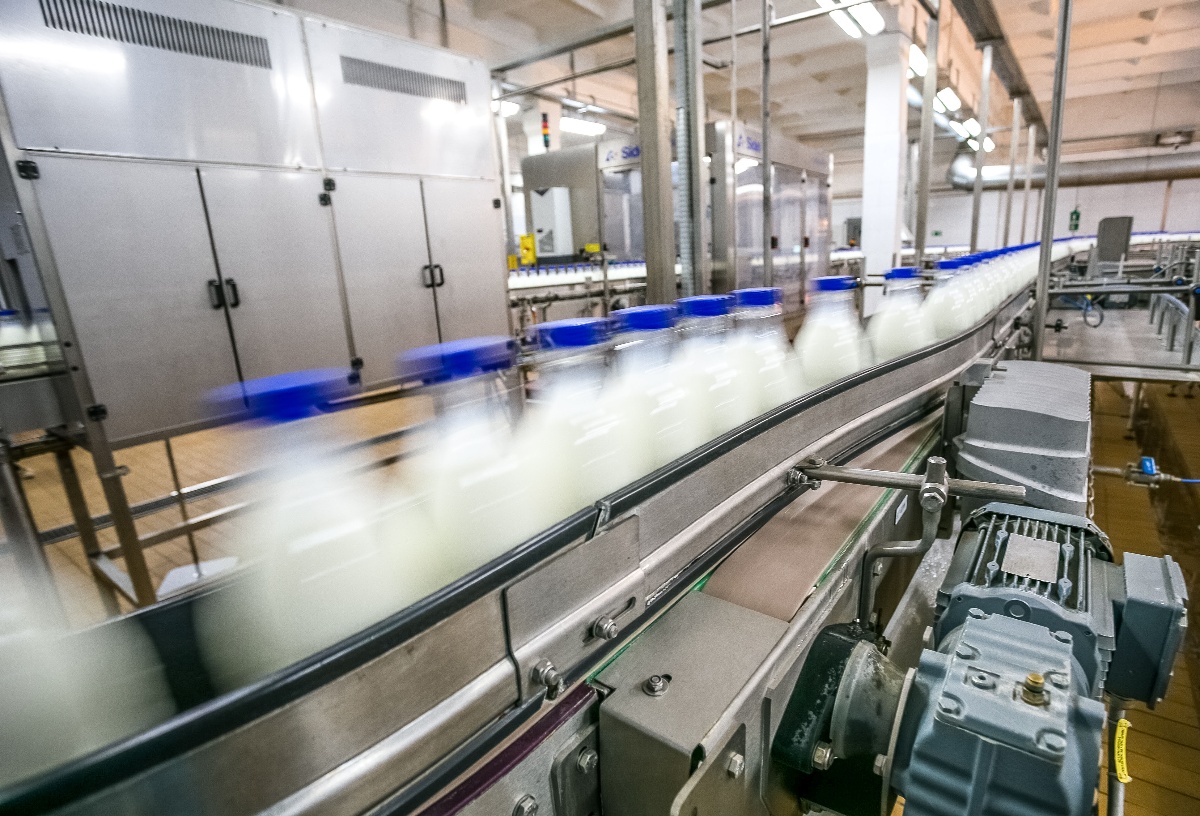
Where to use Hygienic vs Washdown Equipment
There are three levels of packaging: primary, secondary, and tertiary packaging. Primary packaging refers to the package that directly encases and contains the food product. For example, the bag that holds the cereal in the cereal box is primary packaging. Some food products such as produce, meats, and frozen food only have primary packaging. Secondary packaging is the packaging for the primary packaging. Using the cereal example, secondary packaging would be the box that holds the cereal in the bag. Tertiary packaging is bulk or transit packaging. Tertiary packaging would be the boxes transporting all of the cereal boxes to stores and warehouses.
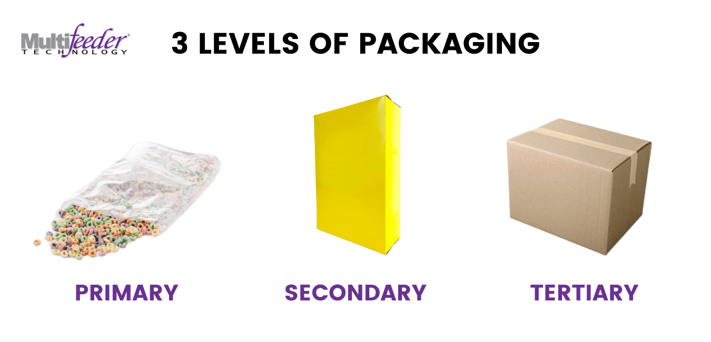
In primary packaging, as raw food is being processed and in direct contact with surfaces, food safety is the biggest concern at this level as the food and equipment are vulnerable to contamination. Hygienic equipment is required for primary packaging. With secondary packaging, hygienic equipment is not required, as the food is usually already sealed in a container, but it is still highly recommended. Even though hygienic equipment is not required in secondary packaging, it is always better to meet the higher sanitary standard than to fall short. Some plants will have primary and secondary packaging separated in different rooms. This creates two rooms with two different sanitary requirements, and therefore one room would have all hygienic equipment and one room could have washdown equipment. In the cases where primary and secondary packaging happens in the same room, it is recommended that hygienic equipment be used as it is a higher sanitary standard than washdown equipment.
-1.png?width=1200&name=Untitled%20design%20(2)-1.png)
Buying a piece of hygienic or washdown equipment can be a hefty investment as washdown equipment is double the cost of standard equipment and hygienic equipment is double the cost of washdown equipment. But the risks outweigh the initial cost investment as the machines can pay for themselves in risk reduction and the time saved efficiently cleaning.
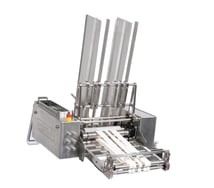
At Multifeeder Technology we offer many Hygienic and Washdown options in friction feeders, labelers, and integrated systems. Our Hygienic Washdown Feeder meets hygienic standards and is washdown. This clean-in-place (CIP) friction feeder is engineered with type 304 stainless steel, powered by a 1200 watt brushless servo motor, is moisture and corrosion resistant, and follows FDA guidelines and uses FDA approved materials. The open design allows for minimal disassembly for easy cleaning and maintenance. This machine is self-draining and has compatible materials with no hollow areas, which is a principle we follow to ensure the sanitary design and reduced risk of contamination.
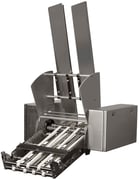
Our Washdown products are a cost-effective alternative to a hygienic piece of equipment where sanitary standards are not as high. Also made from type 304 stainless steel, our washdown can be power washed while its belts and grease meet FDA standards.
If you’re ready to upgrade your food production line to a safer and cleaner environment, we’re here to help! Check out our hygienic and washdown products or contact us by clicking the button below.



